4. Pollen Under a Microscope
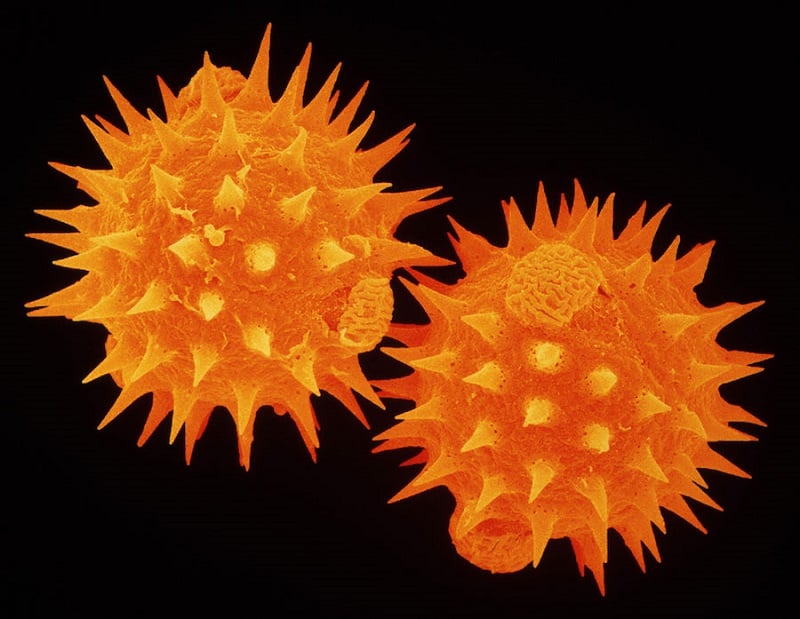
Source: Contemplative Mammoth
Pending on their plant origins, pollen spores vary in appearance. Even with their differences, each spore ends up looking pretty intricate under a microscope. Saturate the image with color, and you have a quirky, alien-like pollen spore.
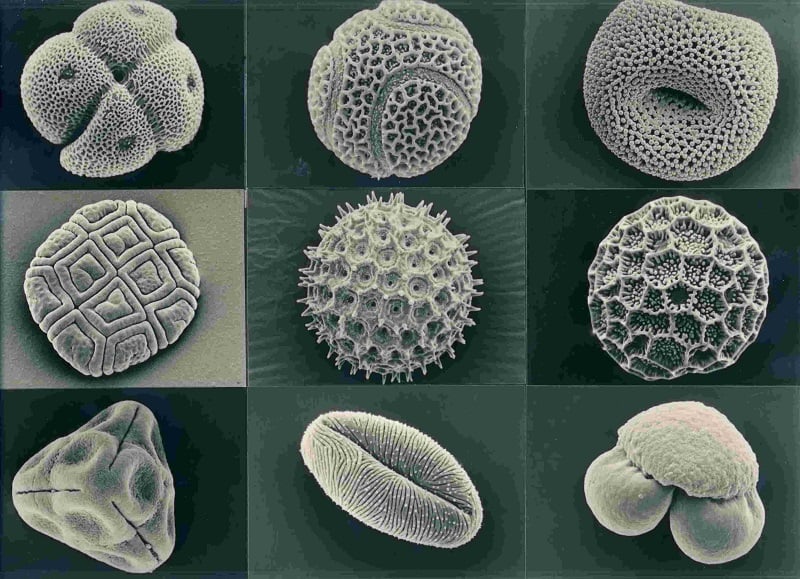
Source: Darts Forum
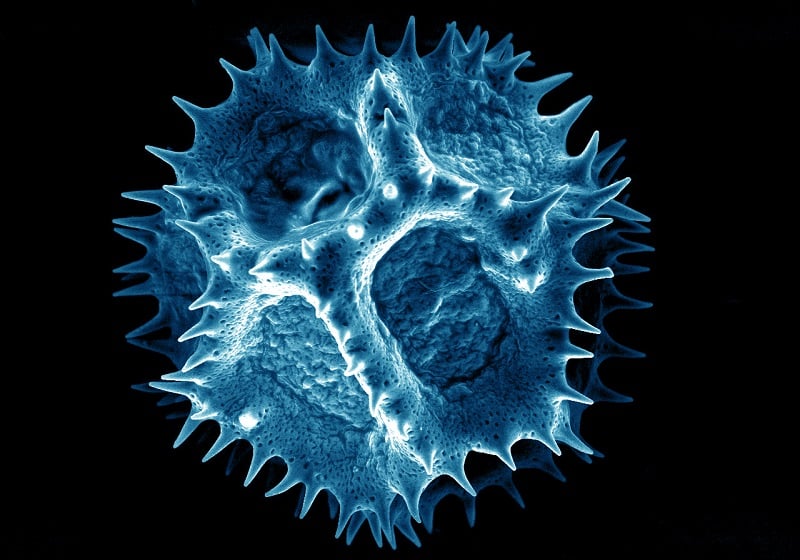
Source: Lens Based Media
5. Snowflakes Under a Microscope
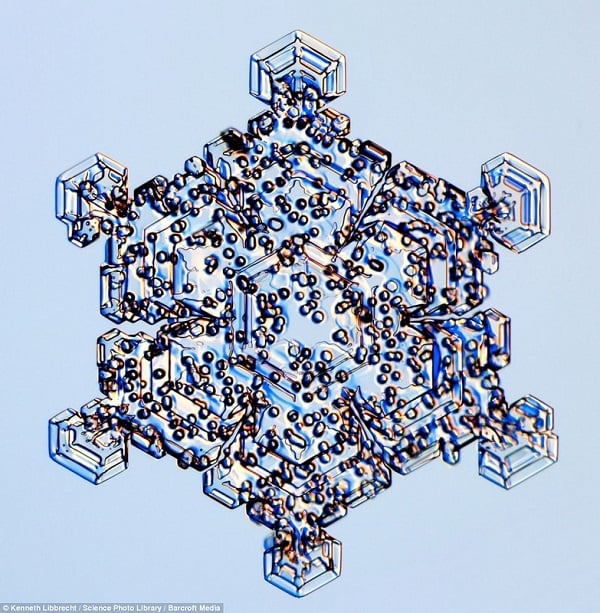
Source: Odd Stuff Magazine
Although most people know that no two snowflakes are exactly alike, their differences are magnified (literally) when viewed up close or under a microscope. A snowflake’s appearance varies based on the temperature, air currents, humidity conditions and other environmental factors surrounding its creation.
Generally, most snowflakes are six-sided, though those that are created in warmer temperatures often look smoother and less geometric. Looking at snowflakes under a microscope can provide much information about the conditions present while the snow was being formed, and are therefore a helpful tool for scientists.
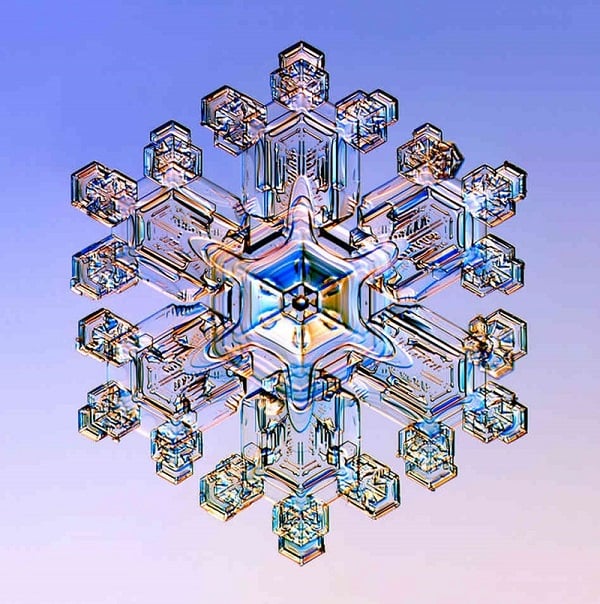
Source: NPR
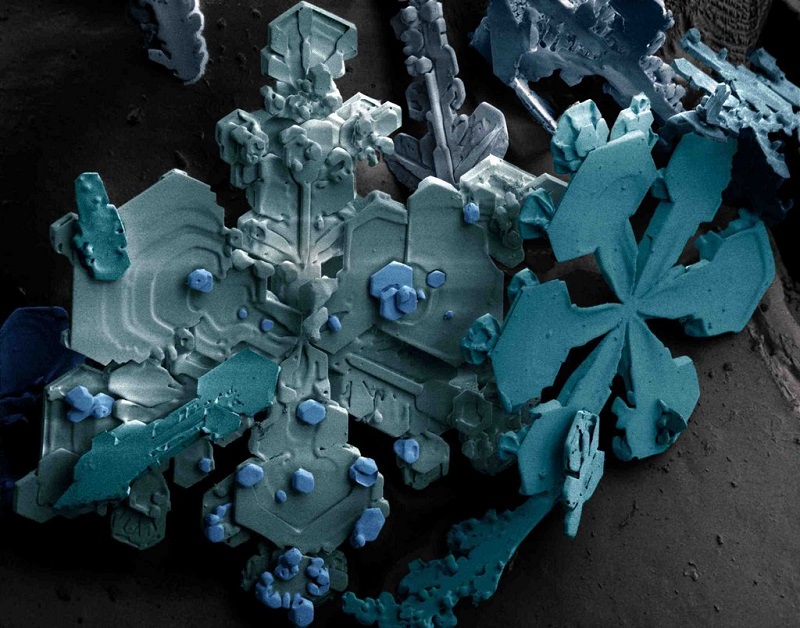
Source: Imgur
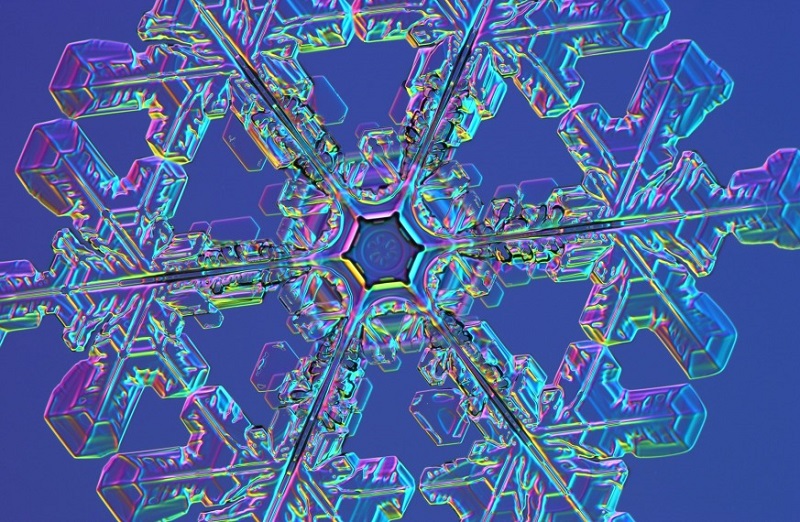
Source: Science Musings Blog





